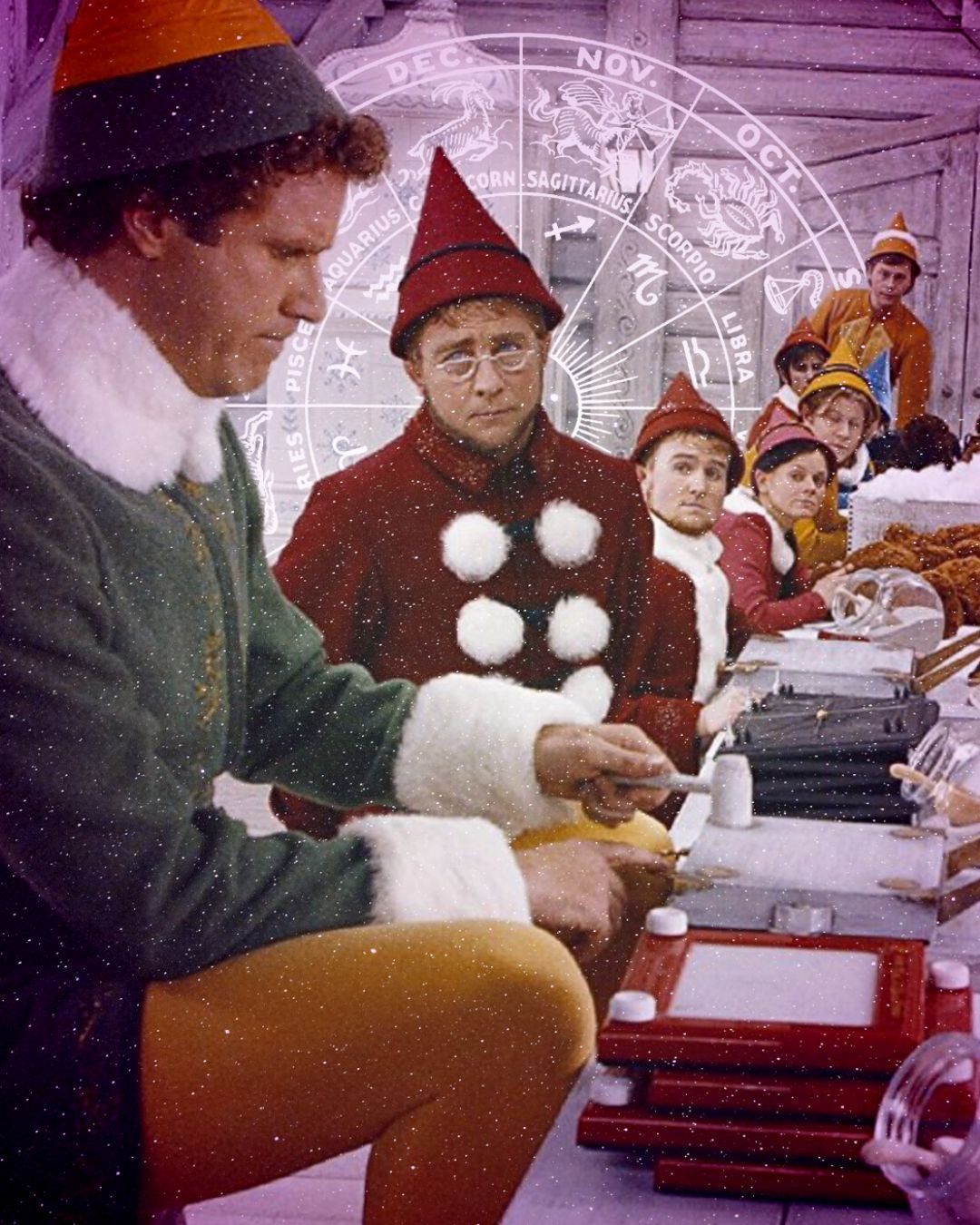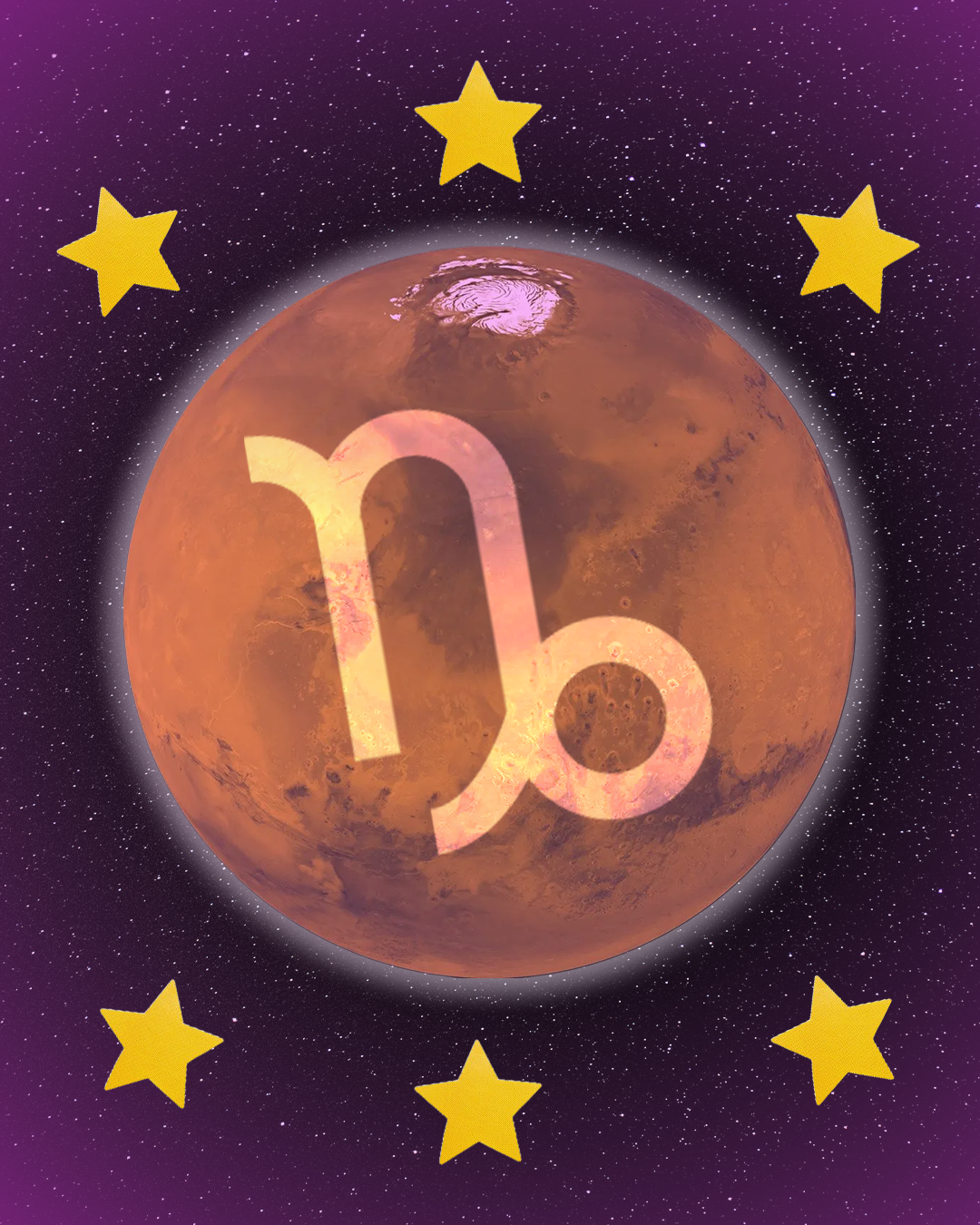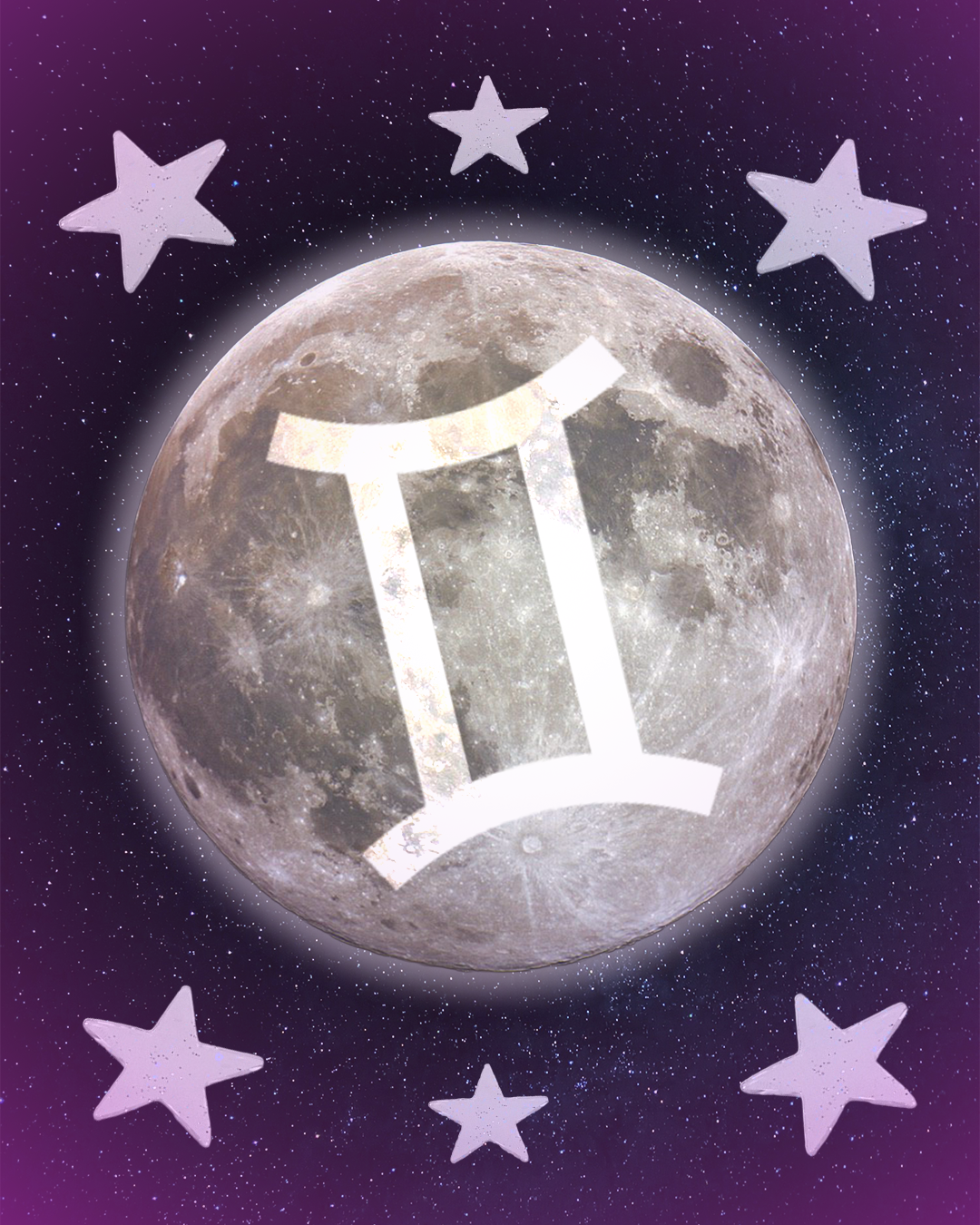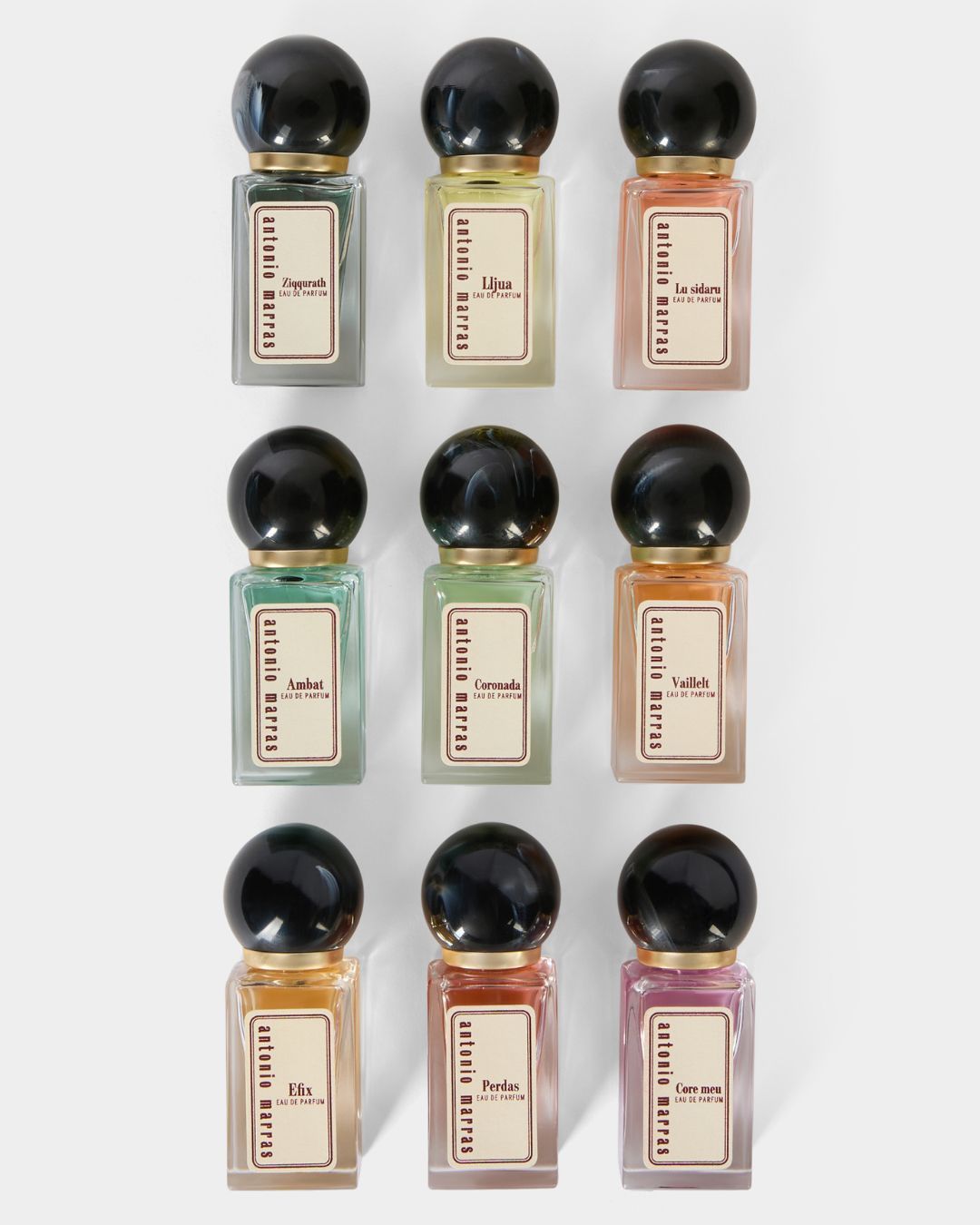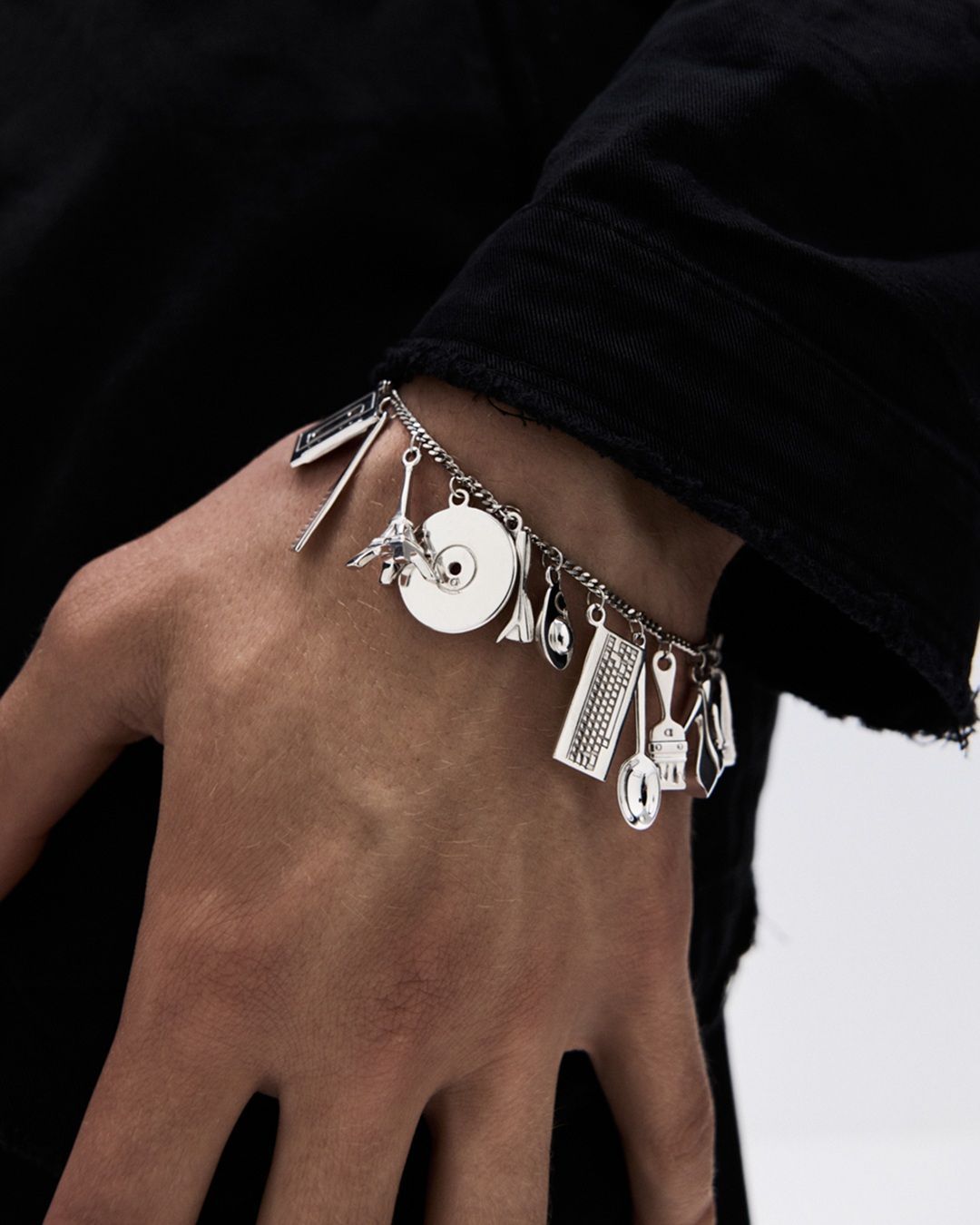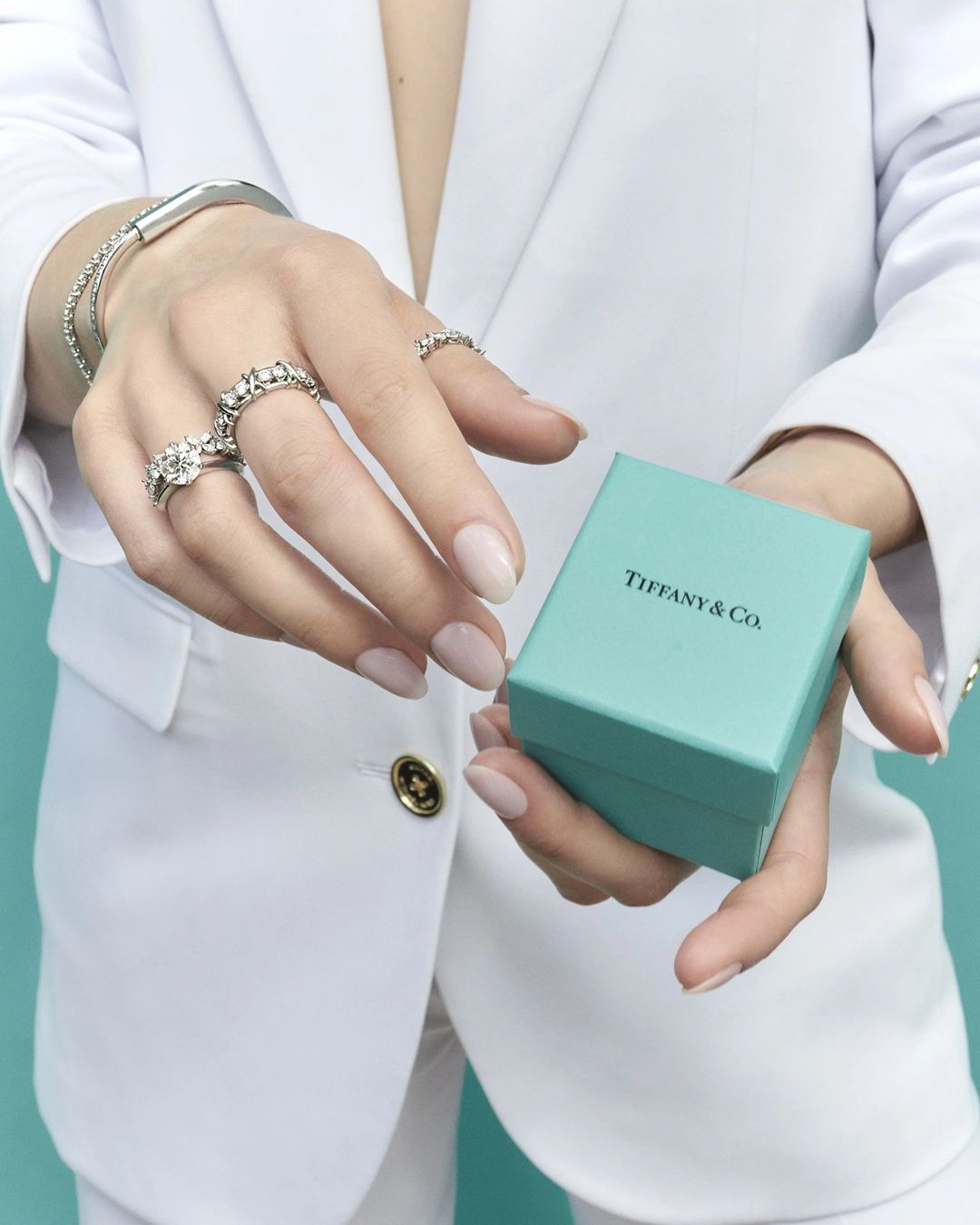
Lab-grown diamonds are here to stay Sparkling lab-grown stones are the future of fine jewelry
In recent years, lab-grown diamonds have been carving out an increasingly significant role in the high jewelry industry. Thanks to their captivating design and affordable prices, these artificial stones are proving to be a valid alternative for Gen Z and Millennial consumers. The trend traces back to the 1950s when the American multinational General Electric produced the first laboratory-created diamond using the HTHP (High Temperature High Pressure) method.
The rise of synthetic diamonds in the luxury industry
For decades, lab diamonds faded into obscurity, but they have recently witnessed a boom, driven by advantageous production costs, which are approximately 60–80% lower than mined stones. Swarovski, Tiffany, and Prada are just a few of the luxury brands now creating millions of carats of synthetic diamonds in laboratories. But who are the tireless "production machines" in this sector, and what does the future hold for the manufacturing and distribution of lab-grown diamonds?
India: world leader in artificial diamonds
According to a study conducted by Precedence Research, the global artificial diamond market was valued at around $30 billion in 2024, with forecasts predicting an increase to approximately $98 billion by 2034. India, a top player in this industry, dominates the global scene with the largest artificial diamond ever produced—34.59 carats. A recent report by Kotak Institutional Equities highlighted that consumer curiosity and preferences are shifting away from gold—traditionally a major store of value in Indian culture—toward lab-grown diamonds. While the "gold rush" remains strong due to its deep symbolic and cultural significance, artificial stones offer an alternative appeal, combining affordability with an aesthetic in tune with Western high jewelry trends. Among the companies focusing on democratizing diamonds, Senco Gold & Diamonds stands out, having entered negotiations with Melorra, a well-known Asian producer of lab-grown diamonds.
Regulations and sustainability of lab diamonds
It is clear that the phenomenon is spreading rapidly. In recent days, the Responsible Jewellery Council has stepped in to establish social and environmental guidelines for industries specializing in synthetic diamond production. Through the RJC Laboratory Growth Material Standard, the goal is to prevent a "Wild West" scenario. The regulation covers issues ranging from legal compliance and environmental management to labor rights, along with meticulous evaluation and classification of the diamonds themselves. "Our mission at RJC is to promote responsible business practices, from the lab or the mine to the retail counter," stated Dave Meleski, the organization's president, in a press release. "With LGMS, we are not just setting a standard; we are creating a vision for a future where elegance and ethics go hand in hand. We believe that every diamond, whether mined or lab-grown, can be celebrated without compromising our values."
This decision follows an initiative by industry giant De Beers, which recently launched a verification device to distinguish natural diamonds from their lab-grown counterparts. "DiamondProof" is designed to confirm the authenticity of precious stones "formed deep within the Earth billions of years ago," De Beers stated in a press release, at a time when the industry faces intense competition and plummeting prices. The launch "is part of a broader effort within the diamond industry to recover through marketing, pricing strategies, and consumer education," said analyst Edahn Golan. And when it comes to the future, AI is not lagging behind. The development of advanced algorithms to refine the diamond production process is enhancing precision and efficiency in quality assessment, reducing human error and optimizing the final product for the market: a rapid and improved assessment of cut, purity, color and weight. Recent reports indicate that China has successfully created a "perfect diamond" in a hexagonal shape, which is harder and more durable than natural alternatives.
Lab-grown diamonds and sustainability: an open question
However, sustainability remains a complex issue. While traditional mining poses significant environmental challenges, according to the Natural Diamond Council—a nonprofit organization promoting the global positive impact of the industry—lab-grown diamonds may not be the ultimate solution. As CEO David Kellie stated in an interview with the BBC, "The majority of lab-grown diamonds are produced in India and China, and the electricity used comes from the power grid." Whether it takes billions of years or just a few days to form, when a disruptive element enters the market, it is often met with skepticism. In a sector with much still to explore and learn, coexistence seems to be the most forward-thinking solution.



